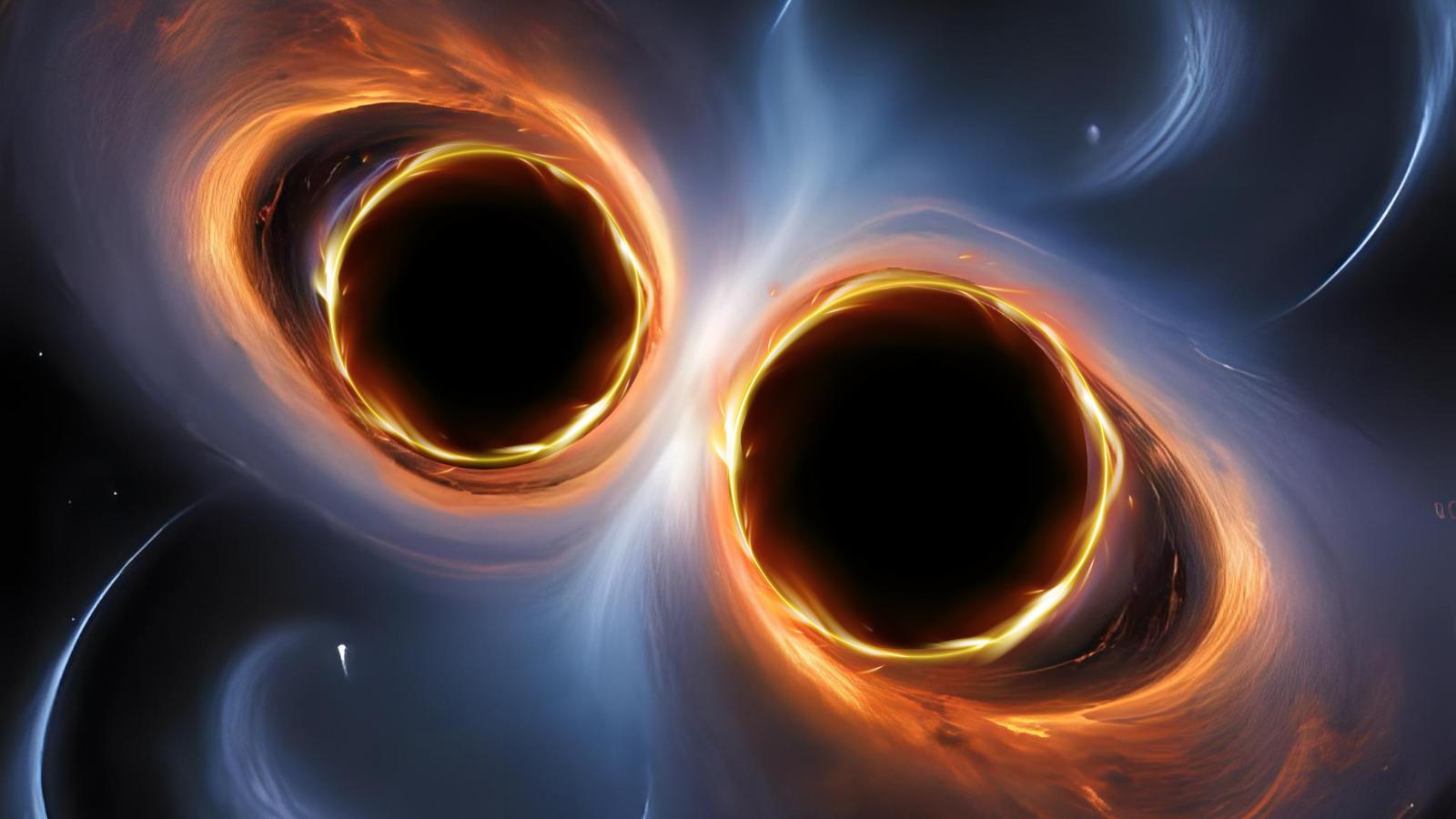 Image Source: Space
Image Source: Space
The LIGO-Virgo-KAGRA collaboration has achieved a new cosmic milestone in announcing the detection of the most massive black hole merger ever seen in gravitational waves. The GW231123 event was detected on November 23, 2023, in the fourth observation run of this upgraded global detector network, comprising LIGO's twin US observatories, the Virgo detector in Italy, and Japan's underground KAGRA detector.
What Did Scientists Observe?
This cataclysmic event occurred when two massive black holes—about 100 and 140 times the mass of the Sun—orbited each other and finally merged in a violent collision that radiated enormous energy in the form of gravitational waves.
The end result of this stellar smash-up is one black hole with a mass of 225 solar masses and more, breaking the record for 2021's GW190521 (a 140-solar-mass merger).
For a moment—about 100 milliseconds—the merger emitted more energy in gravitational waves than all of the visible stars in the universe, with some 15 solar masses of material directly converted into pure gravitational energy.
Both merging black holes were rotating quickly, at around 80–90% of their theoretical highest spin, complicating the gravitational wave signal and its analysis in a unique scientific problem.
Why Is This Discovery Significant?
The mass of the two progenitor black holes puts them in the long-sought "intermediate-mass" range, which astronomers have seldom observed: most previously detected merger events involved black holes of only 10–40 solar masses.
These supermassive black holes do not conform to conventional models of stellar demise, indicating that they are most likely created by previous mergers—hinting at whole generations of merger activity creating progressively larger black holes over billions of years. The new information also defies fundamental assumptions regarding stellar evolution, black hole development, and the "mass gap" dividing normal stellar remnants from the supermassive behemoths at the centers of galaxies.
Aside from its scientific significance, this detection illustrates the increasing sensitivity, range, and global collaboration of contemporary gravitational-wave observatories: the LVK network has now recorded more than 300 merger events since 2015, with several dozen additional candidates in active examination.
Announced during the 24th International Conference on General Relativity and Gravitation and the 16th Edoardo Amaldi Conference on Gravitational Waves in Glasgow, this detection is among the most significant breakthroughs in gravitational wave astronomy, offering new avenues for constraining black hole populations across the universe.
Sources: Ars Technica, Science News, EurekAlert!
Advertisement
Advertisement



